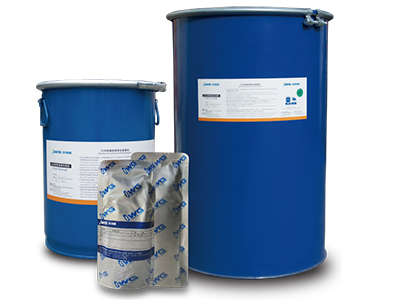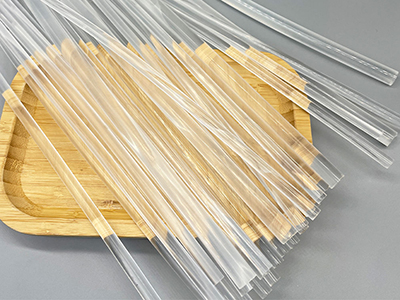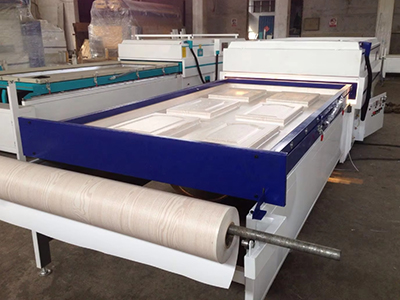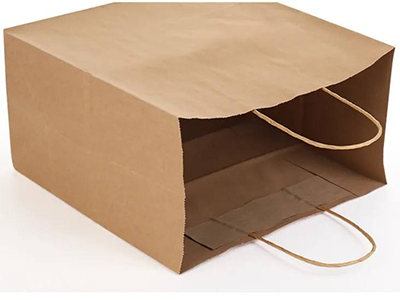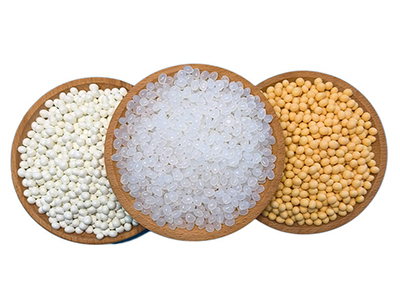Unveiling the Formulation of Polyurethane Adhesive: Key Ingredients and Benefits
Introduction:
Polyurethane adhesives, commonly referred to as PU adhesives, are renowned for their versatility and durability in bonding various materials. Understanding the formulation of polyurethane adhesive can provide valuable insights into its composition and the benefits it offers. In this article, we will delve into the key components of polyurethane adhesive formulation, shedding light on its unique properties and advantages.
The Key Components of Polyurethane Adhesive Formulation:
Isocyanate Component:
The isocyanate component serves as the reactive element in polyurethane adhesive formulation.
Typically, diisocyanates such as toluene diisocyanate (TDI) or methylene diphenyl diisocyanate (MDI) are utilized.
Isocyanates facilitate the crosslinking process, allowing the adhesive to cure and form a strong bond.
Polyol Component:
The polyol component is a crucial ingredient in polyurethane adhesive formulation.
Polyols are typically polyether or polyester compounds containing hydroxyl (OH) groups.
Polyols contribute to the adhesive’s flexibility, strength, and adhesion properties.
Chain Extenders:
Chain extenders are incorporated into the formulation to control the curing process and enhance adhesive performance.
Common examples include butanediol, ethylene glycol, or similar compounds.
Chain extenders react with the isocyanate and polyol components, forming crosslinks that improve the adhesive’s strength.
Catalysts:
Catalysts or crosslinking agents play a vital role in polyurethane adhesive formulation.
Organometallic compounds like dibutyltin dilaurate (DBTDL) or tertiary amines are commonly used catalysts.
Catalysts expedite the curing process and facilitate the formation of a robust bond.
Fillers and Additives:
Fillers and additives may be incorporated to fine-tune the adhesive’s properties and enhance specific characteristics.
Inert materials like silica, calcium carbonate, or others can be added to adjust viscosity, improve gap-filling capabilities, or reduce costs.
Additional additives such as antioxidants, UV stabilizers, or flame retardants may be included based on the desired adhesive performance and application requirements.
Conclusion:
Understanding the formulation of polyurethane adhesive sheds light on its composition and the advantages it brings to various bonding applications. The key components, including the isocyanate and polyol, play critical roles in the adhesive’s strength, flexibility, and adhesion properties. Catalysts expedite the curing process, while fillers and additives allow for customization of specific characteristics.
By comprehending the formulation of polyurethane adhesive, manufacturers and users can make informed decisions regarding the selection and application of this versatile adhesive. The exceptional bonding strength, durability, and versatility of polyurethane adhesive make it a preferred choice across multiple industries.


